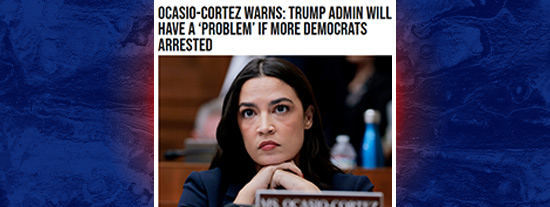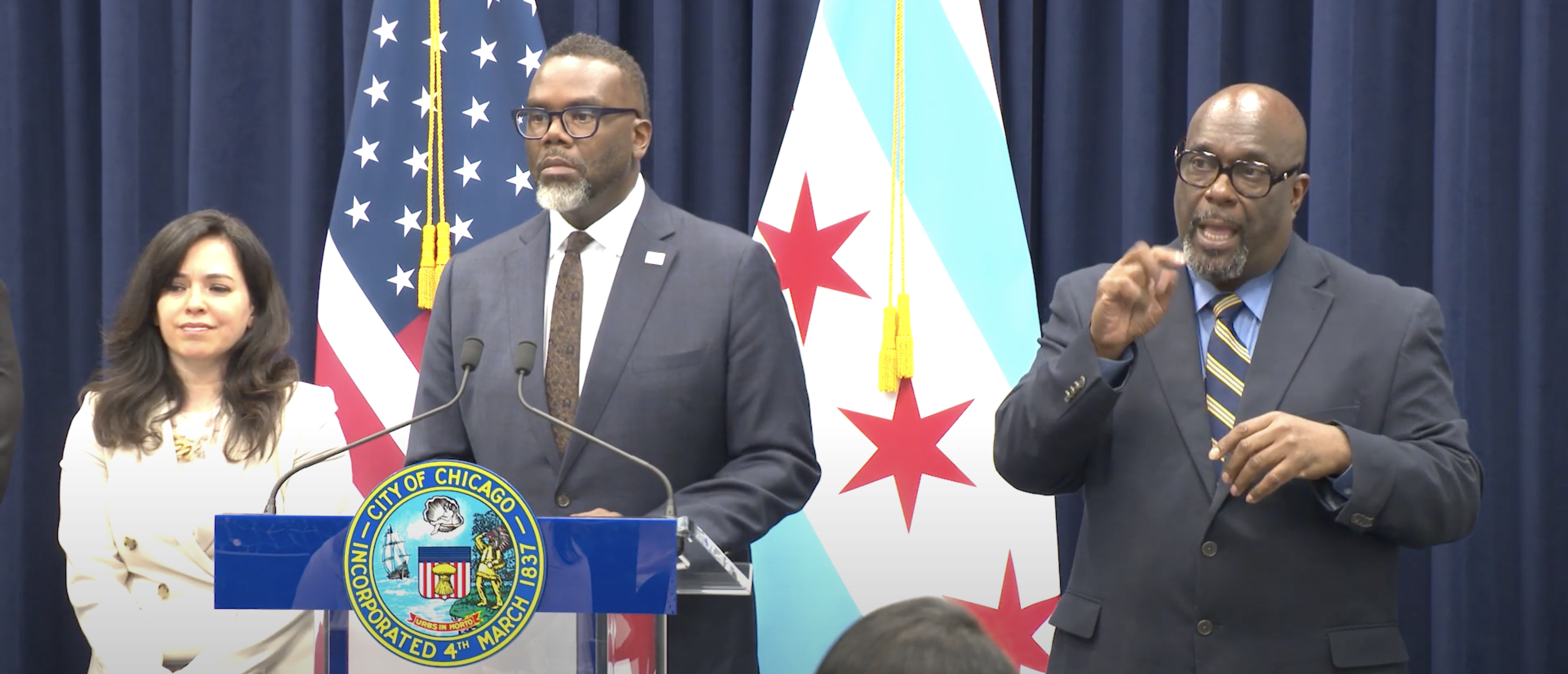San Francisco debates reparations: $5 million each for Black residents?

A government-appointed panel was charged with calculating the amount San Francisco should pay Black residents to compensate for decades of discrimination. However, they didn’t come up with a formula. The panel’s 15 members spent the last year and a quarter studying the city’s history.
The Fillmore District was a neighborhood that used to be known as the Harlem of the West. In 1960, city leaders destroyed a portion of the Fillmore District. This resulted in the displacement of 883 businesses and the displacement of 20,000 people, many of whom were Black. Many thousands of people have been displaced over the years, and the neighborhood has become a predominantly White area with multimillion-dollar homes.
The city’s African American Reparations Advisory Committee recommended recently that all Black residents be eligible for $5 million in reparations to compensate.
Eric McDonnell, the chair of the reparations commission and principal of Peacock Partnerships in San Francisco, stated that there was no mathematical formula. “It was a journey by the committee to what could represent an important enough investment in families to put them onto this path of economic well-being and growth that will restore the economic vitality lost through chattel slavery and all its policies.”
|
The reparations program proposed by the committee is not a recompense to slavery, which was never legalized in San Francisco. Instead, it’s a compensation for the “public policies explicitly created” to subjugate Black people of San Francisco through the upholding and expansion of the legacy and intent of chattel slavery.
More than 12 cities and states across the country have started developing reparations programs to try and quantify the financial damages caused by Jim Crow laws and slavery. Some proposals offer scholarships or housing vouchers while others call on Black Americans to receive cash payments.
Many are still unable to answer the central question of how much.
A price tag that is large enough to satisfy reparations advocates and politically acceptable to the many Americans who oppose financial restitution of Black Americans could decide the fate for a movement which gained momentum following George Floyd’s assassination in 2020, but has not found national acceptance.
San Francisco’s proposal for $5 million, which is much larger than other cities, has been met with fierce criticism from conservatives. They see the proposal as financially disastrous for a city that has a $14 billion annual budget and is still recovering from the pandemic. Although the proposal does not specify who would be eligible, even if a small fraction of the city’s 50,000 Black residents met these criteria, it would consume a significant portion of the city’s annual budget.
John Dennis, the chairman of the San Francisco Republican Party says he is open to having a discussion about whether Black residents should be compensated, but that it wasn’t an effort to start one.
He said, “This is just an assortment of like-minded people who got into the room and came up a number.” You’ll see in the report that there was no justification or analysis. They missed an opportunity to do serious work.
Even those in the reparations movement dismissed this figure as unrealistically optimistic.
William A. Darity Jr., an economist, stated that there are not many accepted formulas for paying reparations. However, he believes the number should be “somewhat realistic”.
Darity stated that $5 million compensation by a local government would be “undercutting the credibility of the reparations efforts.”
However, supporters of the proposal argue that it is justified. According to census data for 2021, the median income for Black residents in the city is $44,000, while $85,000 for Latinos, $105,000 per Asian, and $113,000 per White resident.
Sheryl Evans Davis, executive Director of the San Francisco Human Rights Commission and researcher for the reparations committee, stated that the amount of the payment must be considered in light of San Francisco’s past history of racist policies. She also stated that the city has one of highest living costs in the country, with a median home value of $1.3million.
The outcome of the San Francisco settlement could have a ripple effect throughout the reparations movement. It would be a high-water marker for an effort that has been criticised for producing very small amounts.
Evanston, Chicago’s suburb that was home to America’s first-ever government-funded reparations program is offering $25,000 housing vouchers to some Black residents. This figure has been criticized as paltry by critics. Providence, R.I. has announced a $10,000,000 reparations program. However, it does not include direct cash payments for Black residents. White residents are also eligible to apply.
Darity, an economist, claims that Black Americans should be eligible for at least $350,000 in federal reparations. This figure is based on Darity’s calculation of the country’s racial wealth gap.
Darity, a Duke University public policy professor, said that the racial inequality is a core indicator of White racism’s cumulative effects on Black Americans who were enslaved here.
California established a separate state reparations taskforce and asked five economists to calculate the costs of discrimination the state’s Black population has suffered. The maximum liability of California for discriminatory housing policies was calculated by the team and came out at $569 billion. This would be $223,239 per Black California resident.
The final report of the committee, which will take into consideration other forms discrimination, is due to be published in June. This report is separate from local reparations efforts in Oakland, Los Angeles, and Sacramento that are currently developing their own strategies.
Kaycea Campbell, one economist advising California’s reparations taskforce, stated that “people think there is one-size fits all model” for reparations. Your perception of reparations may be different depending on how you perceive them from a legislative perspective, what you believe is the most egregious or what has been left behind as a legacy of slavery as an institution.
When they started calling for reparations in 1970s, Japanese Americans who were interned during World War II faced similar problems. Donald K. Tamaki, a lawyer who was involved in the Supreme Court case that led to reparations for Japanese Americans, stated that there was tension about how to give enough compensation to all the Japanese communities.
Compensation of thousands of victims









No Comments